Why are natural vegetation and non-living habitat elements important to animals?
This is the student activity 1 of 6 of the The earth's environment : animal habitats learning activity.
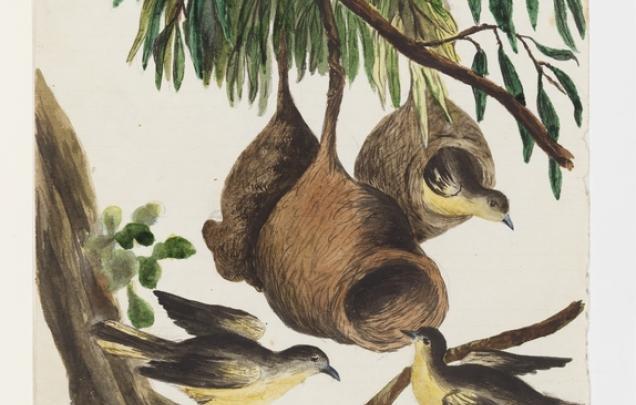
Why are natural vegetation and non-living habitat elements important to animals?
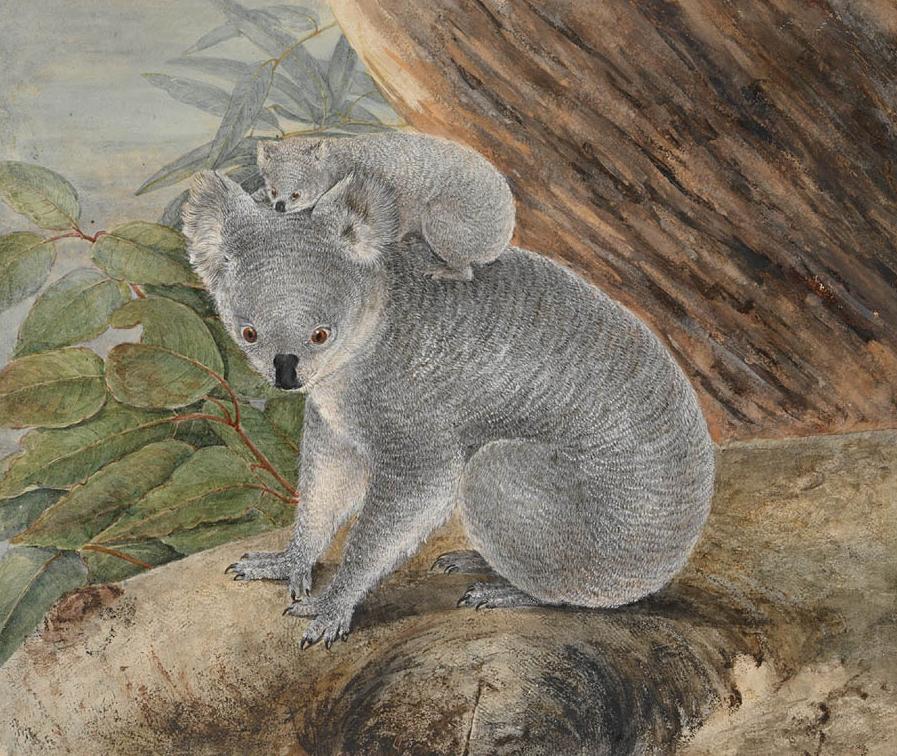
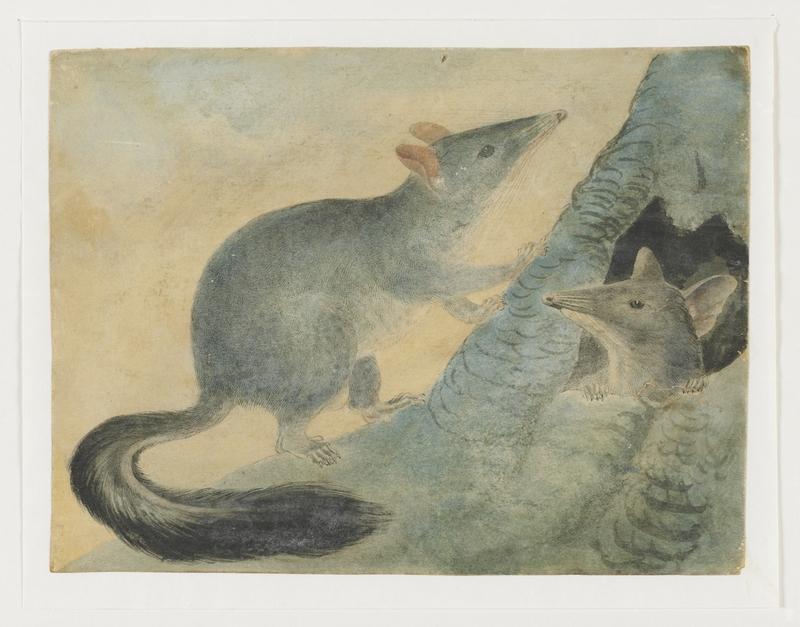
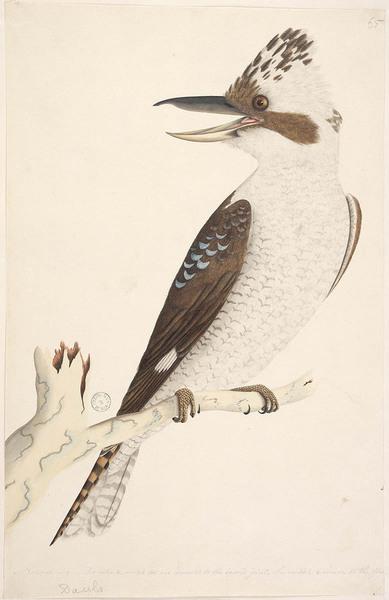
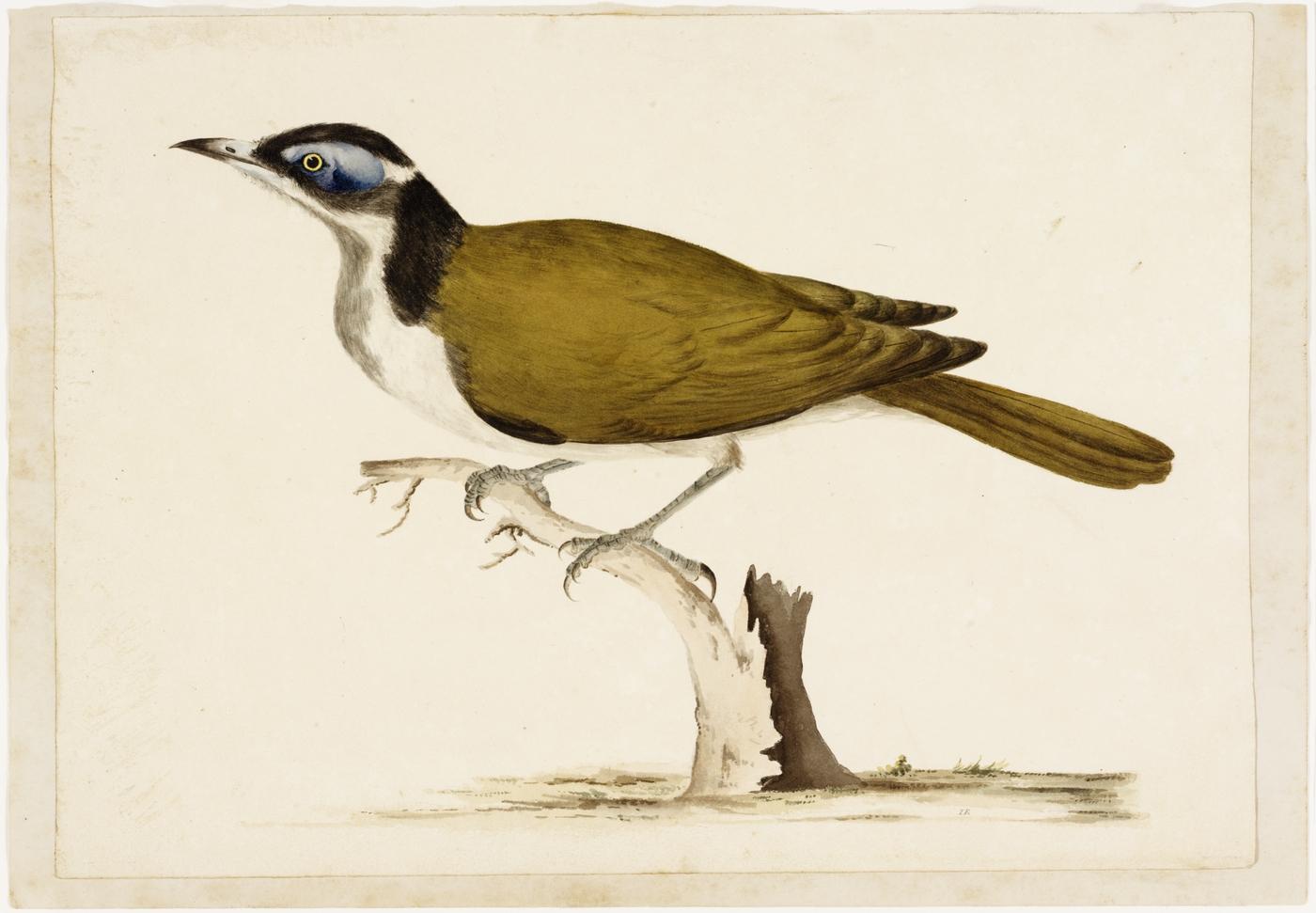
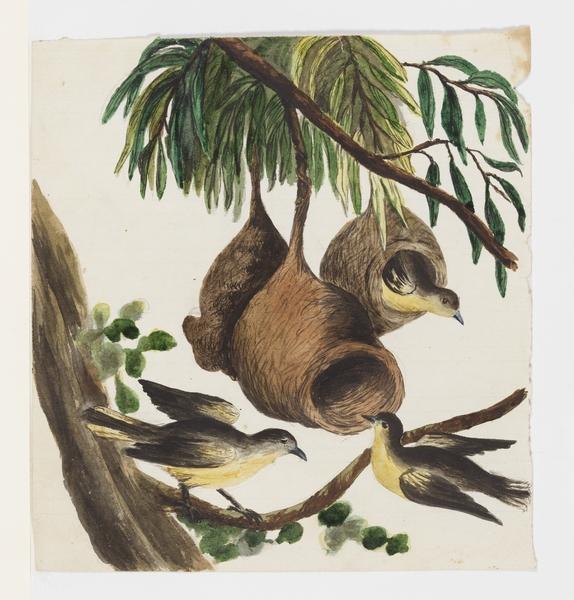
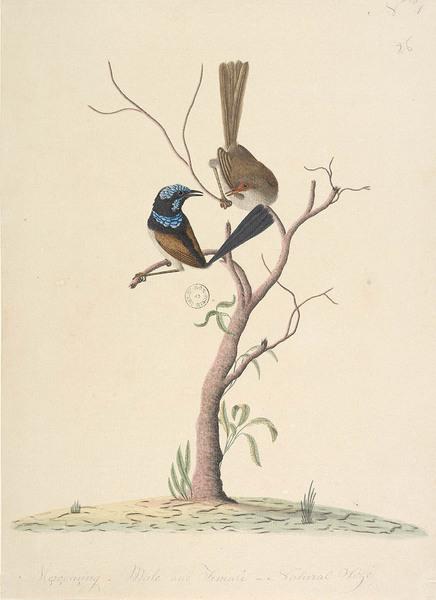
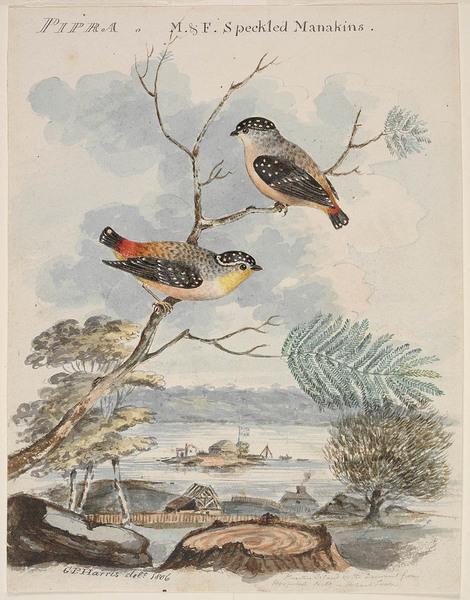
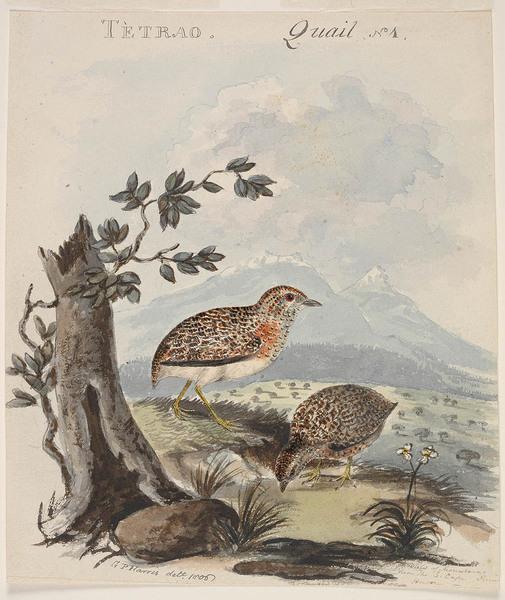
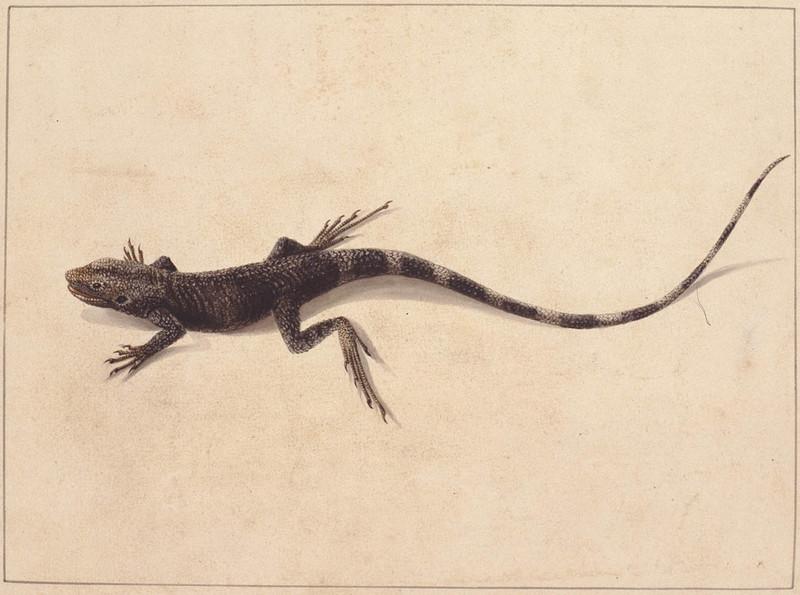
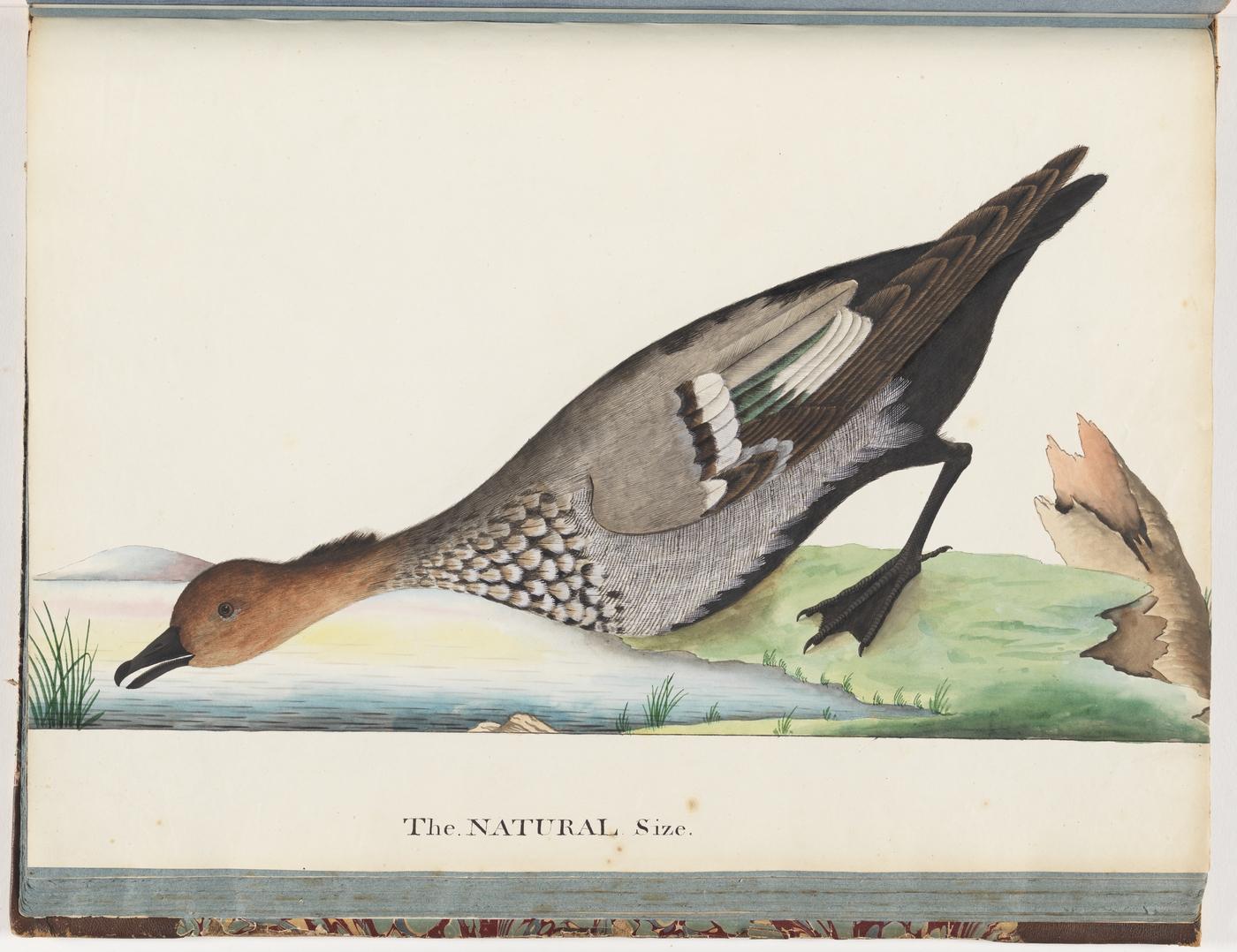
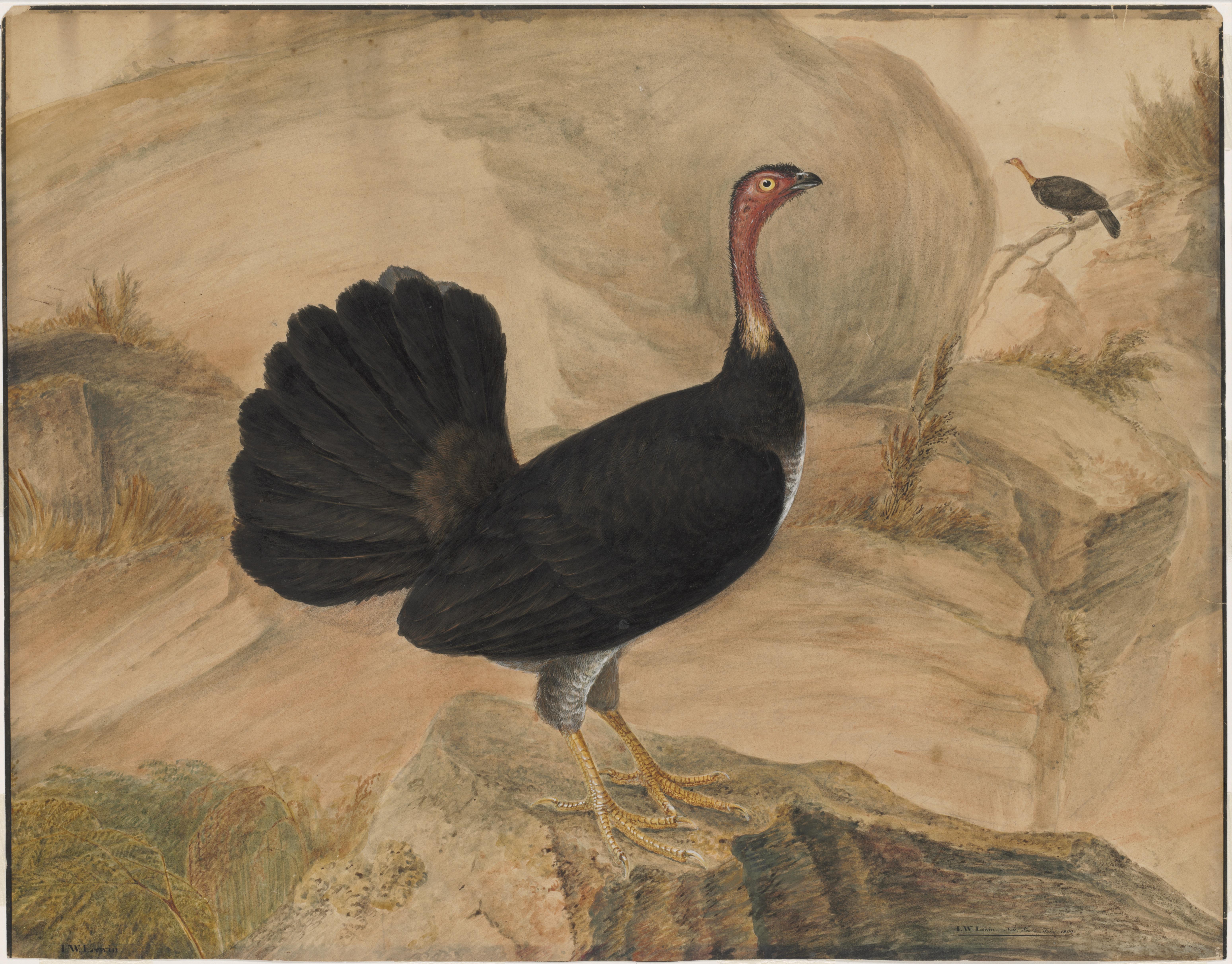
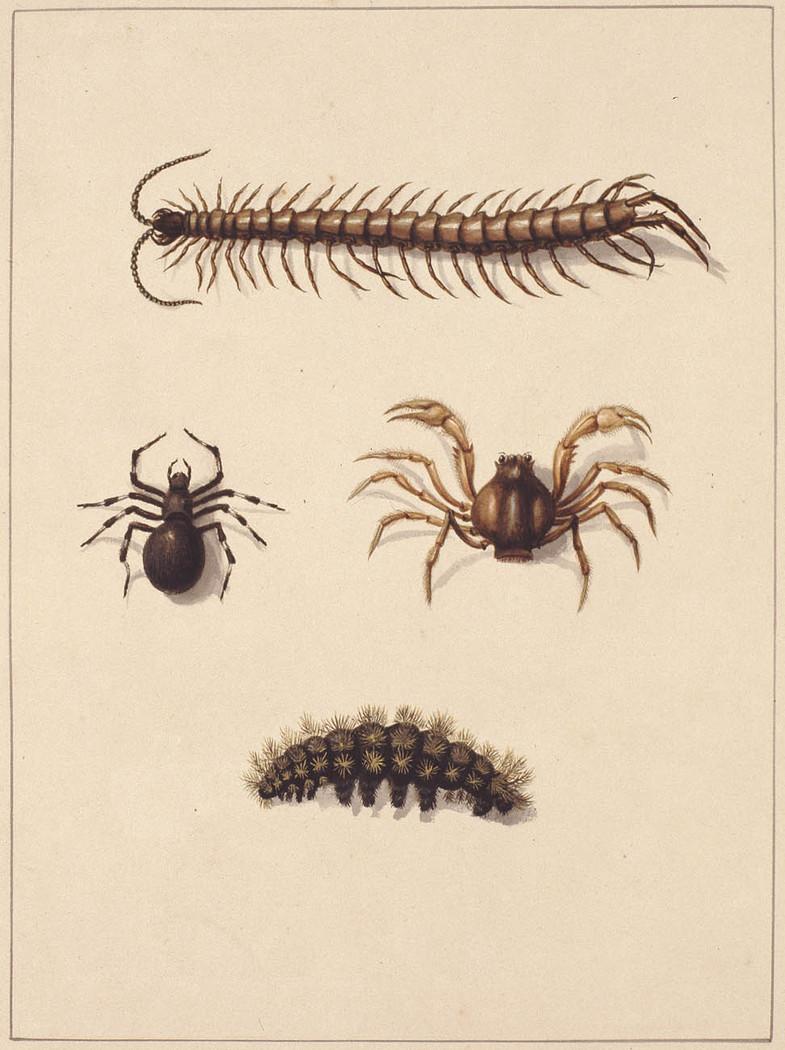
View Sources 8 to 19 and identify what the habitat elements in the natural environment provide for each animal and complete Table 1 in the downloadable resource.
Source 8: Koala, 1803, painting by J W Lewin
Koalas are arboreal, meaning they live in the branches of trees. They eat eucalyptus leaves and very rarely come to the forest floor.
Source 9: Phascogale, ca. 1857 - 1866, watercolour drawing by Gerard Krefft (Item 11)
Phascogales are arboreal carnivores, eating small birds, mammals and insects they find in tree bark and leaf litter. They sometimes eat nectar. They don't need to drink from a water source
Source 10: Kookaburra, 1791 - 1792, drawings of birds chiefly from Australia (Item 74)
Kookaburras catch invertebrates, reptiles, and sometimes small birds and mammals, by perching on a branch and swooping. They nest in tree hollows or in arboreal termite mounds.
Source 11: Blue-faced honeyeater, ca. 1808, by John Eyre
Honeyeaters use their long thin beak to feed on nectar from flowers on trees and shrubs. They also feed on invertebrates.
Source 12: Rockwarbler, natural history and botanical drawings, ca. 1849 - 1872, attributed to Louisa Atkinson (Item 30)
Usually found around steep rocky gullies near water, rockwarblers feed on insects found around rock crevices and seeds of plants. They build a nest of roots, moss, grass and bark, using spider webs to bind it. The inside is lined with soft materials, including feathers, fur and grasses.
Source 13: Superb blue wren, 1791 - 1792, drawings of birds chiefly from Australia (Item 33)
Wrens feed on insects on the ground or in shrubs. They need dense, low shrubs in order to find protection from predators.
Source 14: Pardalotes, Australian paintings, 1796 - 1809, by J W Lewin, G P Harris, G W Evans and others (Item 40)
Spotted pardalotes forage for insects amongst leaves of trees and shrubs. They often nest in a tunnel built into an earth bank.
Source 15: Quail, Australian paintings, 1796 - 1809, by J W Lewin, G P Harris, G W Evans and others (Item 42)
Brown quail live on the edge of forests amongst grass and bracken ferns, feeding on seeds, green shoots and insects.
Source 16: Blue-tongues lizard, Australian fauna c. 1790 by Sarah Stone (Item 12)
By night blue tongue lizards shelter amongst rocks and logs on the ground. By day they can be found foraging amongst grasses and leaf-litter for snails and beetles, or basking in the sun.
Source 17: Grey teal duck, Zoology of New Holland (Item 83)
Water birds as native ducks need a permanent source of water to breed and forage for food. They eat land and aquatic plants and aquatic invertebrates.
Source 18: Brush turkey, 1809, by I W Lewin
Brush turkeys scratch in the leaf litter looking for invertebrates to eat. The males build a large mound of leaf liter to incubate eggs.
Source 19: Invertebrates of NSW, Australian fauna c. 1790 by Sarah Stone (Item 11)
An abundance of invertebrates can be found living under rocks and logs on the ground and amongst the leaf litter on the forest floor.